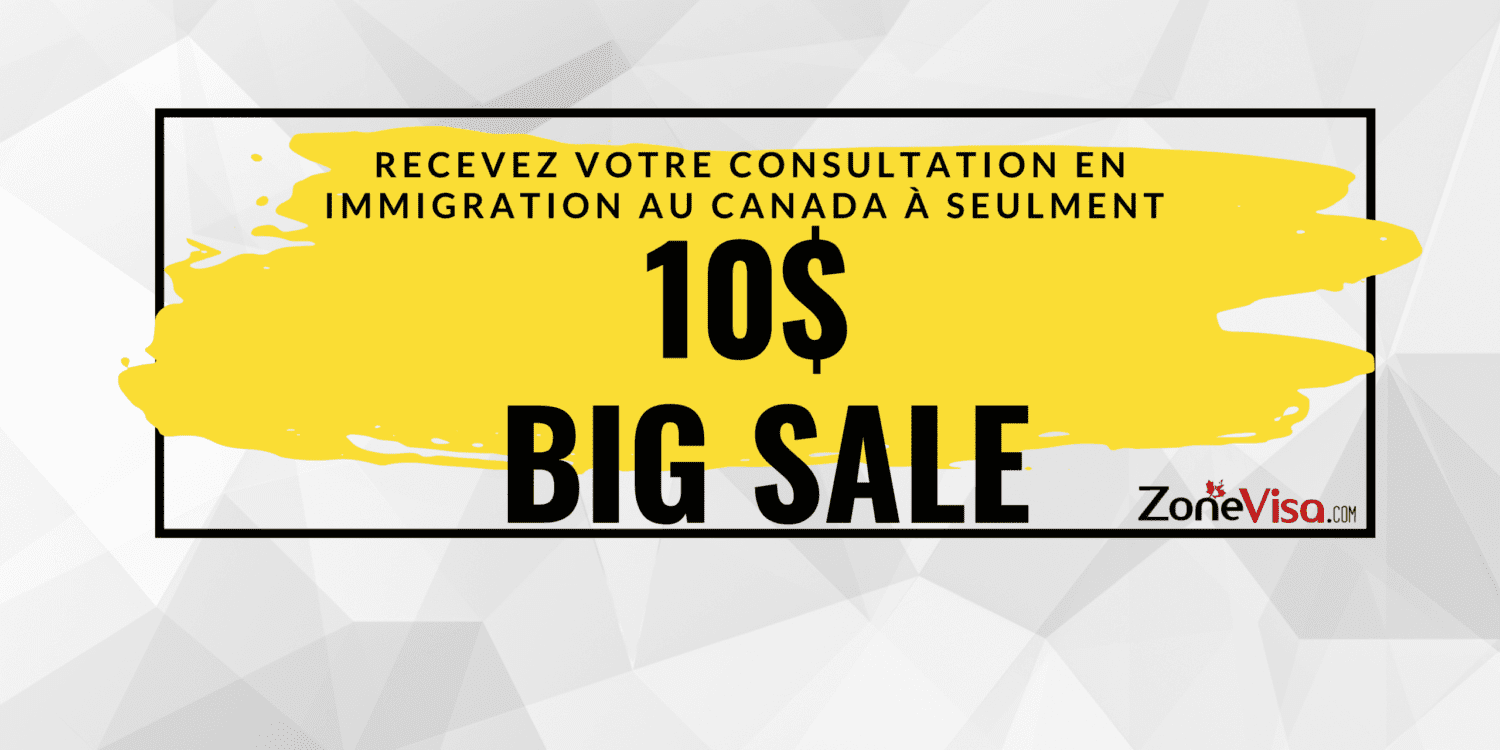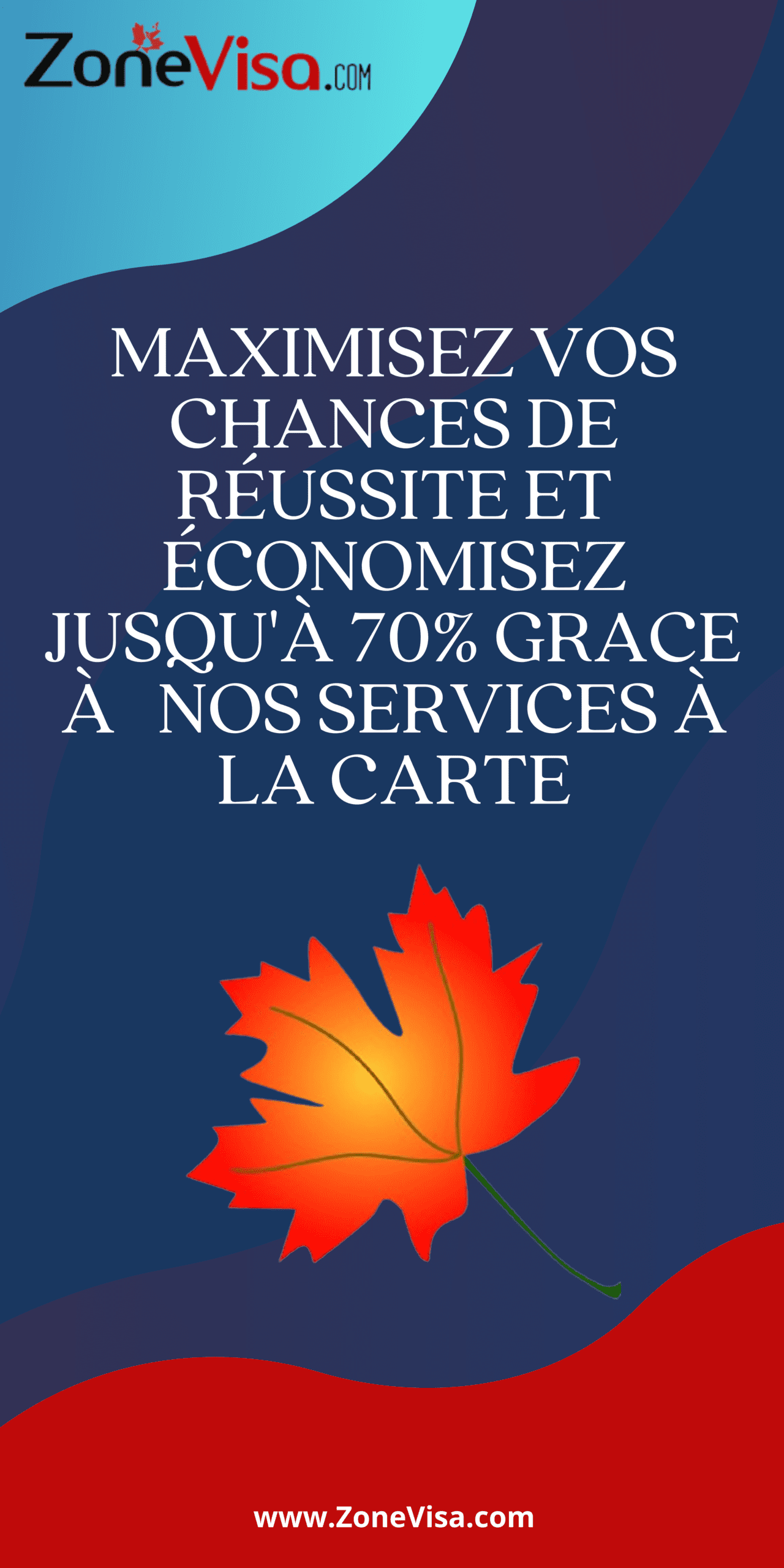Canada is a popular destination for students looking to pursue higher education. With world-renowned universities and colleges, students from all over the world come to Canada to further their education. However, navigating the visa process can be confusing and overwhelming. In this article, we will break down the visa process for studying in Canada and provide tips on how to make it as smooth as possible.
First and foremost, it is important to note that international students require a study permit to study in Canada. A study permit is issued by the Canadian government and it allows a foreign national to study at a designated learning institution (DLI) in Canada. It is important to note that not all schools are DLIs, so make sure to check if the institution you are applying to is on the DLI list.
The first step in the visa process is to apply to a Canadian institution. Before applying, it is important to research the schools and programs that interest you. Once you have decided on a school and program, you will need to submit an application. Each institution has its own application process, so make sure to follow the instructions provided.
Once you have been accepted into a program, you will need to apply for a study permit. The application can be done online or on paper. The online application is faster and more convenient, but if you do not have access to the internet, the paper application is also an option.
The application process requires several documents, including:
– An acceptance letter from a DLI
– A valid passport or travel document (make sure it is valid for the duration of your stay)
– Proof of financial support (such as bank statements or a letter from a sponsor)
– A police certificate (if required)
– A medical exam (if required)
It is important to note that the application process can take several weeks or even months, so it is important to apply as early as possible. It is also important to make sure that all documents are accurate and up to date.
Once you have submitted your application, the Canadian government will assess it and make a decision. If your application is approved, you will receive a letter of introduction, which you will need to present to a border officer when you arrive in Canada. The border officer will then issue your study permit.
It is important to note that the study permit has certain conditions that you must follow. Some of these conditions include:
– You must be enrolled in a DLI
– You must make progress towards completing your program
– You must not work unless you have a work permit
– You must leave Canada once your program is complete (or if your study permit expires)
It is important to adhere to these conditions, as violating them could affect your ability to study in Canada in the future.
In addition to the study permit, international students may also require a temporary resident visa (TRV) or an electronic travel authorization (eTA) to enter Canada. A TRV is a visa that is stamped in your passport, while an eTA is an entry requirement for visa-exempt foreign nationals who are flying to Canada. Not all students require a TRV or eTA, so make sure to check if it is required for your country of origin.
Navigating the visa process for studying in Canada can be overwhelming, but with proper research and preparation, it can be a smooth process. Some tips to consider include:
– Apply early to allow enough time for processing
– Make sure all documents are accurate and up to date
– Follow the conditions of your study permit
– Check if you require a TRV or eTA and apply as necessary
In conclusion, pursuing higher education in Canada is a great opportunity for international students. Navigating the visa process may seem intimidating, but with careful planning and attention to detail, it can be a straightforward process. Remember to do your research, follow instructions, and adhere to the conditions of your study permit. Good luck on your academic journey!


